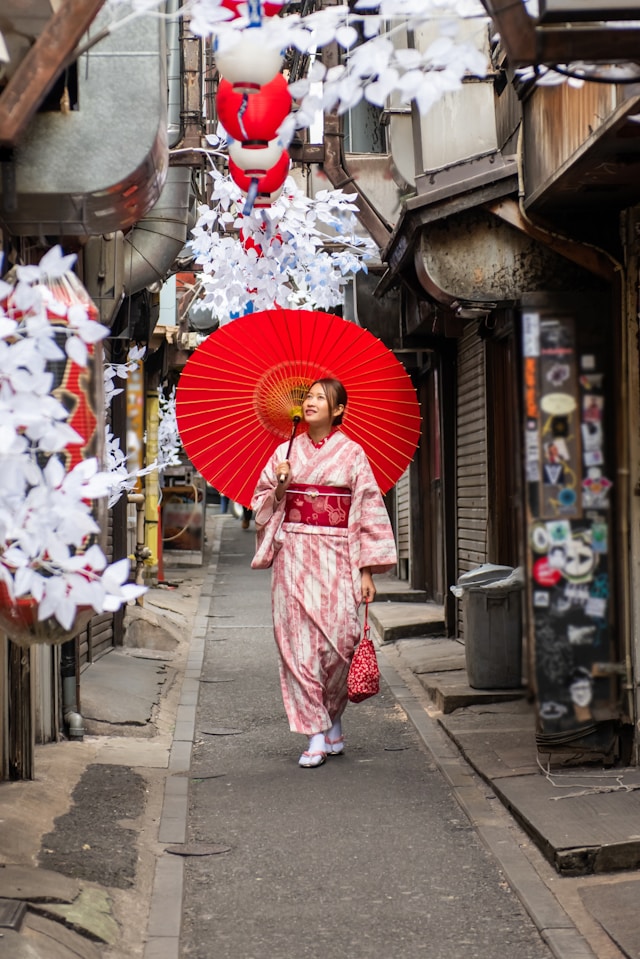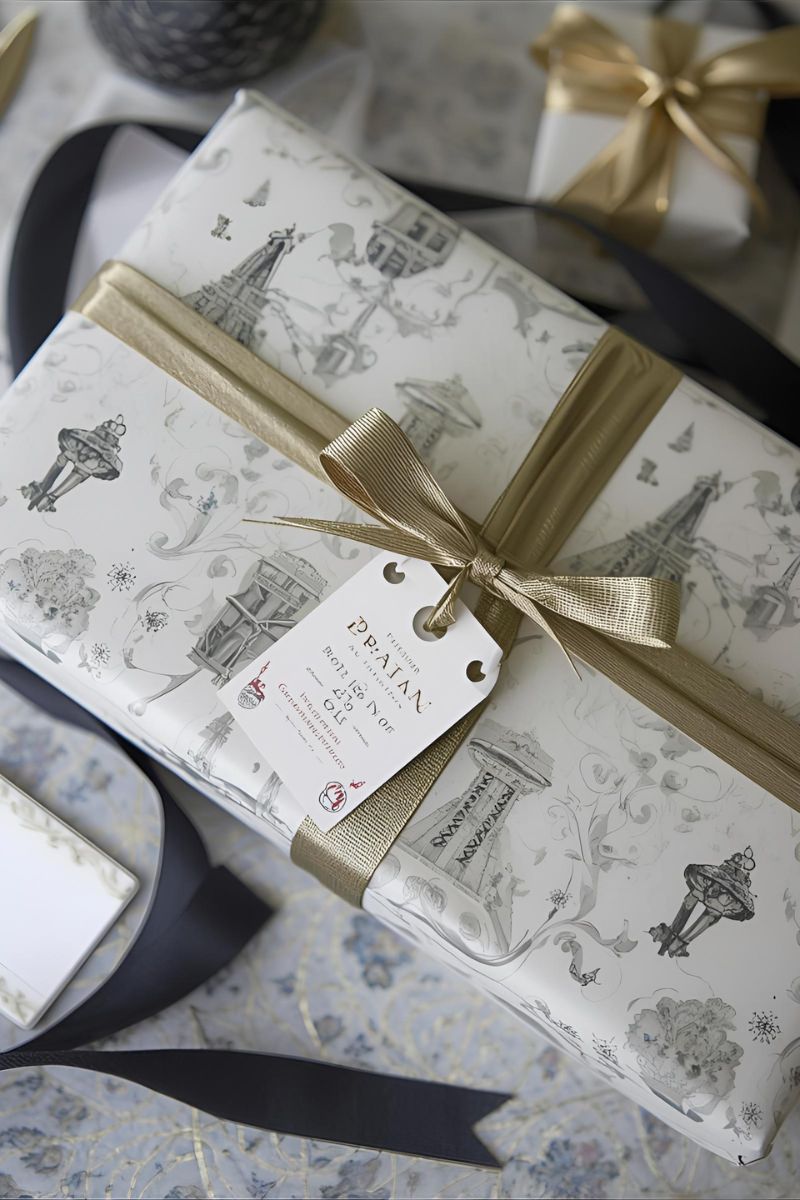Beauty Life Moments is an independent editorial lifestyle destination.
All brands and products showcased, and featured stories are by invitation.
Images are credited to the brands, affilated agencies or to the source.
Few garments in the world carry the cultural depth of the kimono. It is far more than clothing—it is a living symbol of Japanese artistry, heritage, and identity. It is a culutral fashion history of beauty, style and grace—and aesthetic refinement.
A Style History – The Grace Of A Kimono
July 29, 2025
POSTED ON
STORY BY
Fran Benaud
Beauty Life Moments is your destination to create a life to love - no matter where you may be in your life. It could be the beginning of a beautiful journey.
be part of the beautiful moments
Send a note to get on our
The Moments List.
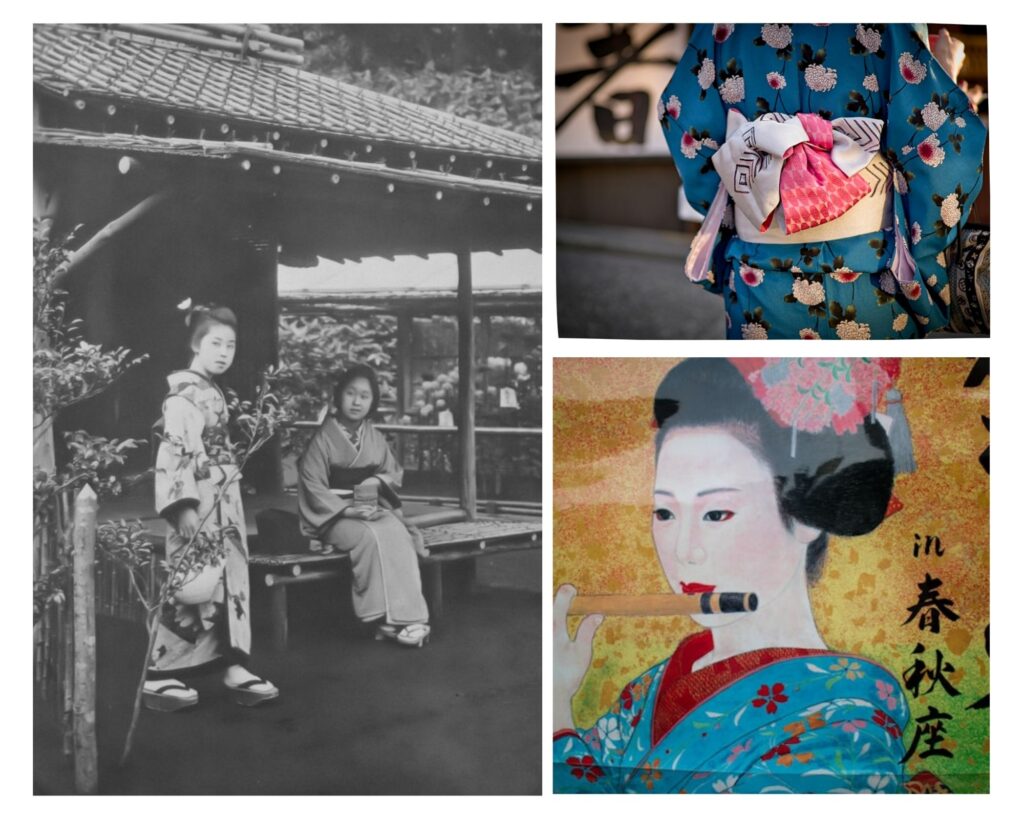
The Kimono: A Timeless Emblem of Japanese Grace and Identity
Few garments in the world carry the cultural depth, aesthetic refinement, and historical weight of the kimono. With its flowing lines, intricate patterns, and centuries of craftsmanship sewn into every fold, the kimono is far more than clothing—it is a living symbol of Japanese artistry, heritage, and identity. It is a culutral fashion history of beauty, style and grace.
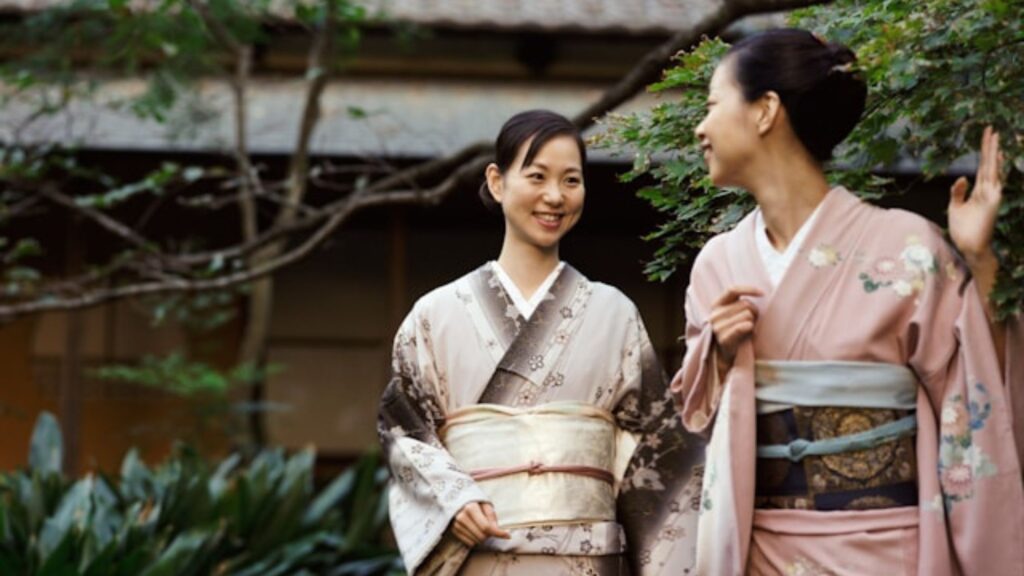
STYLE AND GRACE
The History: A Cultural Style Evolution
The word kimono simply means “thing to wear,” yet its significance stretches back over a millennium. During the Heian period (794–1185), the kimono began to emerge as a distinct and layered style, worn by aristocrats in silken robes whose colours reflected the seasons, social rank, or poetic symbolism.
By the Edo period (1603–1868), the kimono had evolved into its now-iconic T-shape, becoming more standardized and expressive. From samurai and merchants to townspeople, people wore kimonos tailored to their rank and region. Wealthy merchant families, often constrained by sumptuary laws limiting visible displays of wealth, used luxurious silks and elaborate motifs as a subtle but powerful form of storytelling.
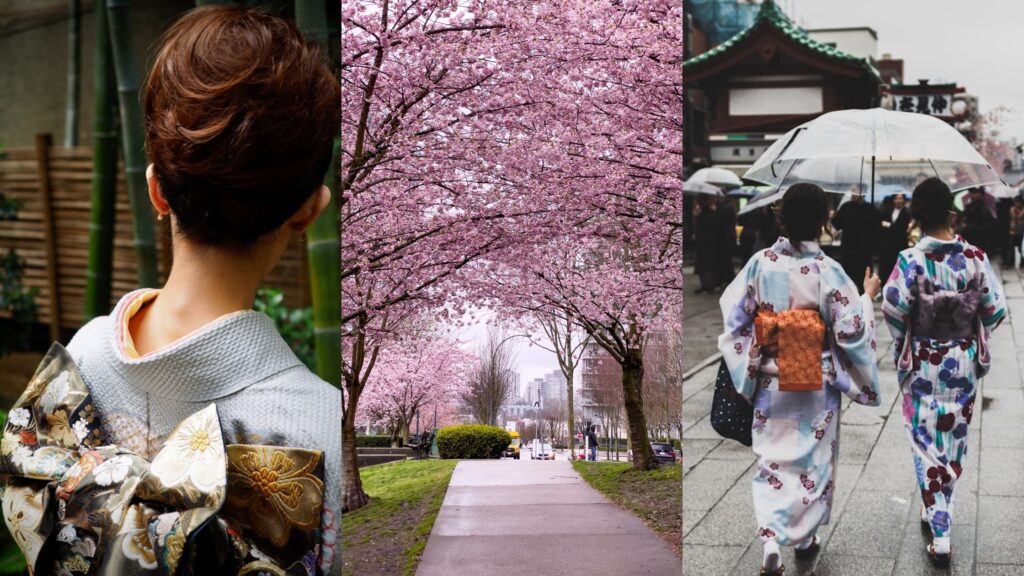
THE BEAUTY OF DESIGN
The Asthetics: An Appreciation Of Design
Kimono patterns frequently draw from classical Japanese aesthetics, such as:
- Mono no aware – a wistful appreciation for the impermanence of things, reflected in motifs like cherry blossoms or autumn leaves.
- Wabi-sabi – the beauty found in imperfection and transience, visible in hand-dyed fabrics and the quiet elegance of aged materials.
Every element of a kimono—from the length of the sleeves to the knot of the obi sash—is rich with meaning. Even today, many are handmade using traditional methods such as yuzen dyeing or shibori tie-dyeing, requiring both artistic sensibility and technical mastery.
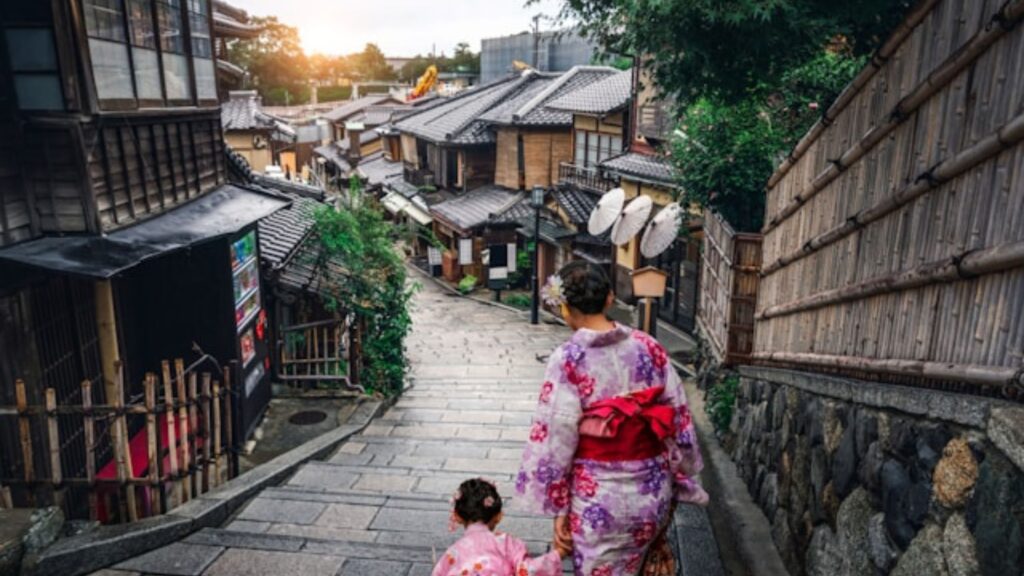
THE MODERN WORLD
The Modern World: The Kimono Today
Although Western clothing dominates daily life in Japan, the kimono remains an enduring presence, particularly for women during significant life events and cultural celebrations. To wear a kimono is not merely to dress—it is to experience a ritual of patience, care, and connection to tradition.
Common occasions include:
- Seijin no Hi (Coming-of-Age Day): Young women celebrate turning 20 by wearing furisode, vibrant kimonos with long, flowing sleeves.
- Weddings: Brides often wear the pure white shiromuku or ornate uchikake, embroidered with auspicious symbols of happiness and fertility.
- Tea Ceremonies & Festivals: In traditional arts like chado (tea ceremony) or ikebana (flower arranging), the kimono embodies the grace and formality essential to these practices.
In recent years, there’s been a quiet kimono renaissance. Younger generations are reimagining this classic garment—pairing vintage pieces with modern accessories, experimenting with fabrics, and sharing their personal styles on social media. Designers have also responded, creating lighter, more practical versions that blend tradition with modern sensibilities.
From Instagram feeds to the narrow lanes of Kyoto lined with rental shops, a new generation is embracing the kimono—not just as heritage, but as personal expression.
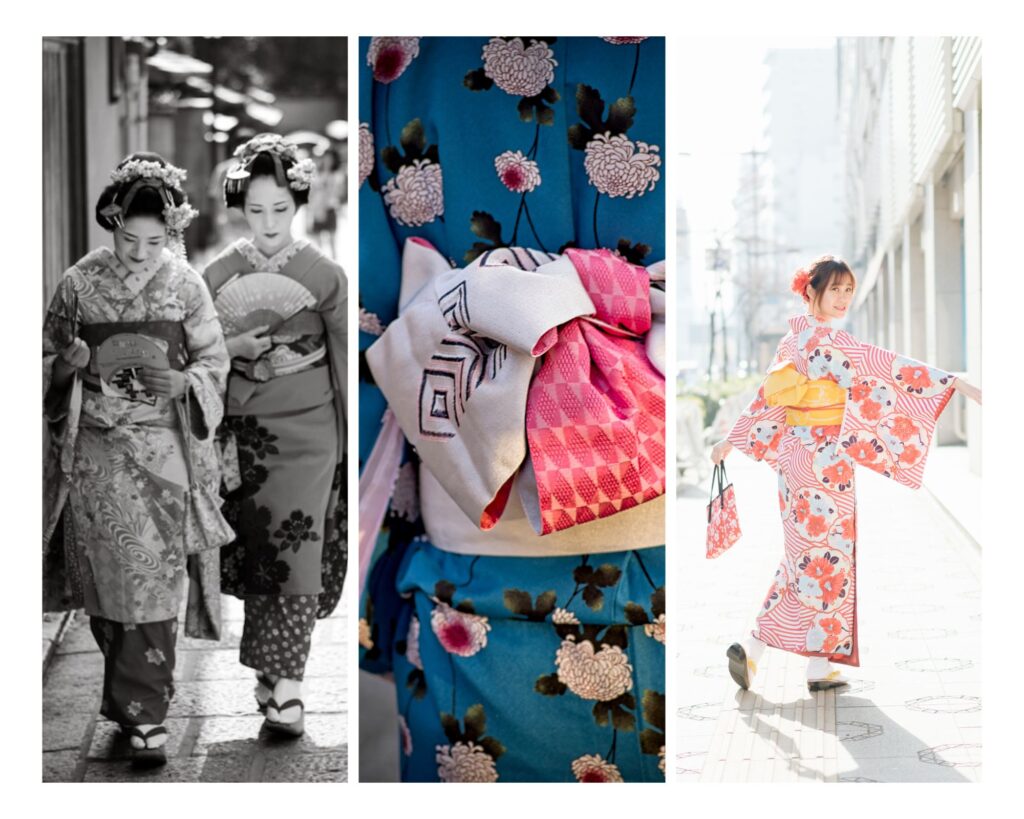
THE CULTURAL ELEGANCE
The Meaning: The Kimono’s Enduring Beauty
What makes the kimono so captivating is not only its elegance or storied past, but its ability to convey meaning. A crane motif may symbolize longevity; cherry blossoms, the fleeting beauty of life; a family crest, generations of legacy.
To wear a kimono is to step into a flowing current of time—to feel the weight of history, the care of artisans, and the strength of cultural identity. It is, in every stitch, a quiet celebration of beauty, femininity, and the Japanese spirit.
As modern women redefine what tradition looks like, blending old and new with creativity and pride, the kimono remains a powerful emblem. Whether worn at a wedding, a tea ceremony, or while strolling through Kyoto’s ancient streets, it continues to speak of grace, strength, and enduring identity.
Cultural Exploration: The Heritage Museums
The Ome Kimono Museum in Tokyo focuses on the historical kimono, including those of the Edo period and from the Imperial family. The Itchiku Kubota Art Museum, located in the Fuji Five Lakes area, displays the unique, landscape-inspired kimono created by the late artist Itchiku Kubota. Additionally, the Nishijin Textile Centre in Kyoto offers insights into the art of Nishijin weaving, a traditional kimono textile.

Beauty To Discover
Japanese Traditions – Meets Modern Skincare: At the heart of Japanese skincare lies a timeless philosophy: that truly radiant skin comes from working with the skin, not against it. Kristen Hinrichsen’s creation of SILKY PAWS is a seamless extension of this ethos, where centuries-old Japanese skincare traditions meet the precision of modern handcare rituals. Read The Story:
GET IN TOUCH
READY ELEVATE YOUR BRAND?
to
Join us in shaping editorial and product stories — the start of a beautiful storytelling journey.
Tell Your Story
